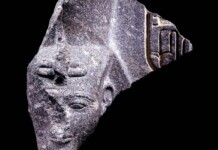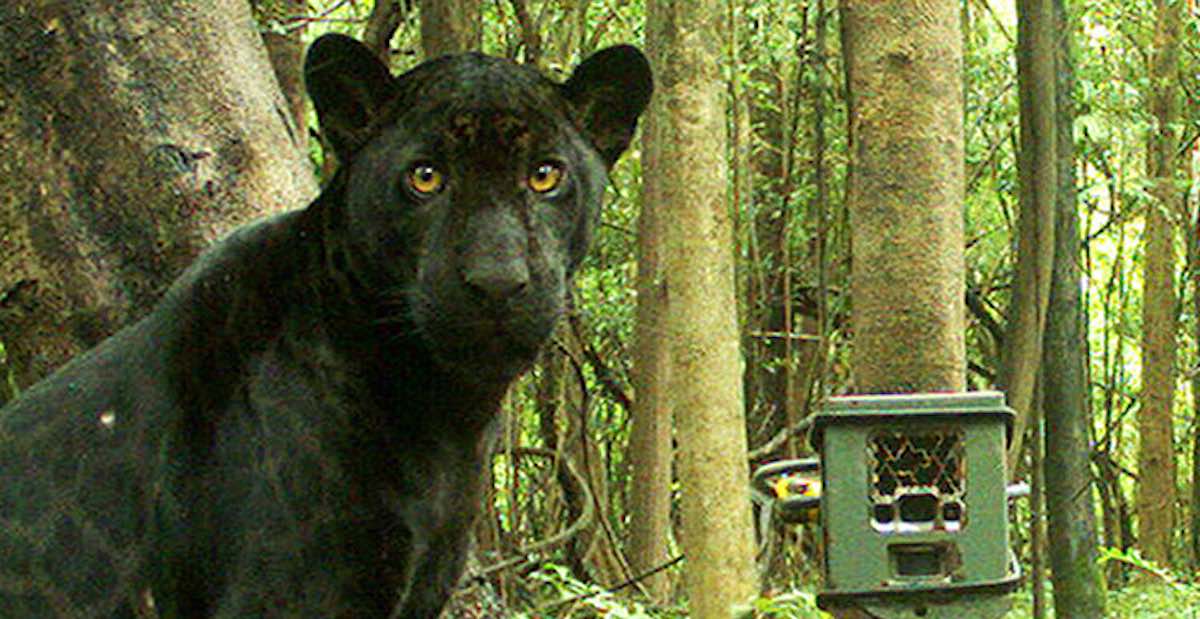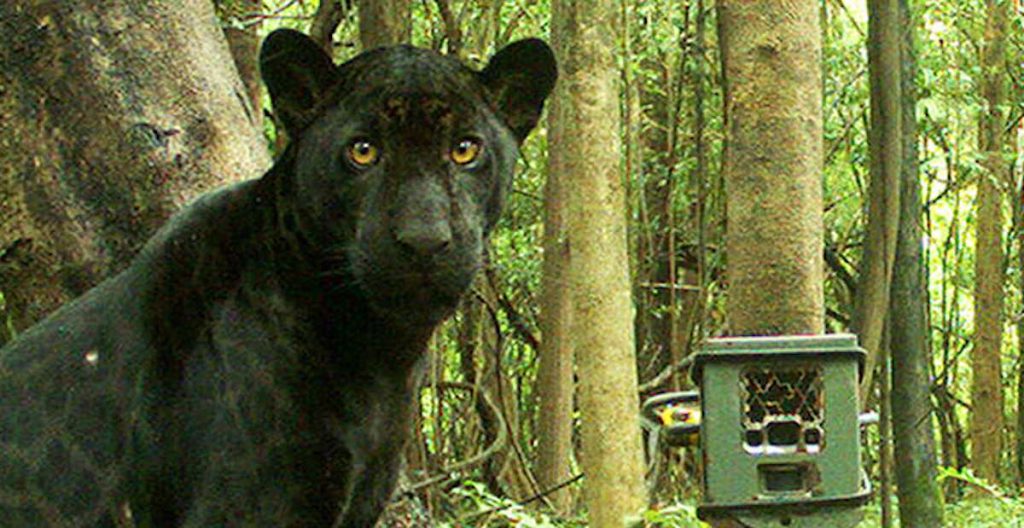
Staring into the camera, this shot of a panther in the Amazon rainforest is part of a huge project to better protect the massive diversity of wildlife found there.
Conservationists have collated more than 120,000 pictures from camera traps from the forest to improve research on the abundance, diversity, and habitat conditions of endangered rainforest species.
The wildlife cameras in the Amazon Basin, which are equipped with sensors that trigger when animals approach, have captured photos of jaguars, toucans, harpy eagles, ocelots, tapirs, peccaries, and many more.
A total of 120,849 records on 289 species from 2001 to 2020 have been collected and standardized.
Building this new database involved 147 scientists from 122 research institutions and conservation groups under the leadership of the German Centre for Integrative Biodiversity Research (iDiv) and the Friedrich Schiller University of Jena.
Until now, knowledge about the number, diversity, distribution patterns and behavior of species in this territory has been patchy and therefore scarce. The information was scattered among many individual publications, grey literature and unpublished raw data.
The data, published in the journal Ecology, provides information from 143 study sites across the Basin, an area of nearly 3.2 million square miles (8.5 million sq km) covering states in Brazil, Bolivia, Colombia, Ecuador, French Guiana, Peru, Suriname and Venezuela.
Camera trapping is a non-invasive and cost-effective survey method that allows the detection of low-density and elusive species that might otherwise be underestimated.
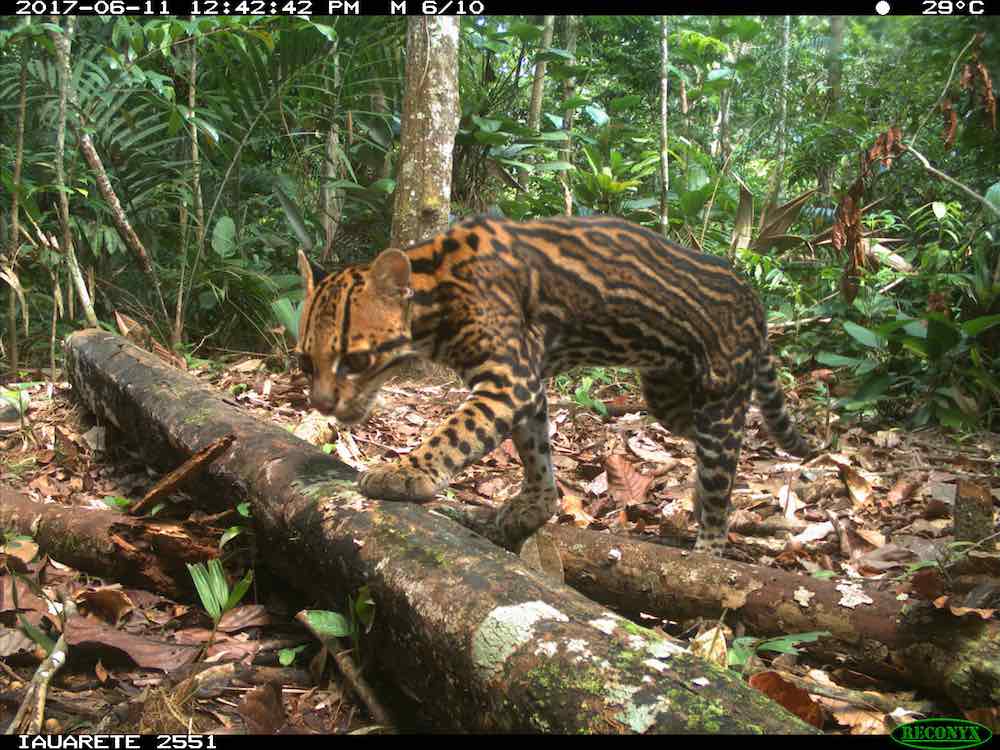
“Our database significantly improves the information situation on vertebrates in the Amazon region,” said Ana Carolina Antunes, doctoral researcher at the University of Jena and member of the iDiv research group.
This immense mosaic of habitats shelters more than 5520 vertebrate species and together, provides the world with essential ecosystem services.
“It’s not just that the cameras allow you to take beautiful photos of the animals. They also provide further important data from which it is possible to deduce how climate change and human-induced landscape changes affect animals and their habitats on a large scale.”
This database now allows larger scale analyses of changes in population densities and the residence patterns of the animals. For example, the database can help keep the jaguar protected in the Amazon Forest by providing more precise habitat analyses; statements about where habitats best meet the jaguars’ requirements and where they do not.
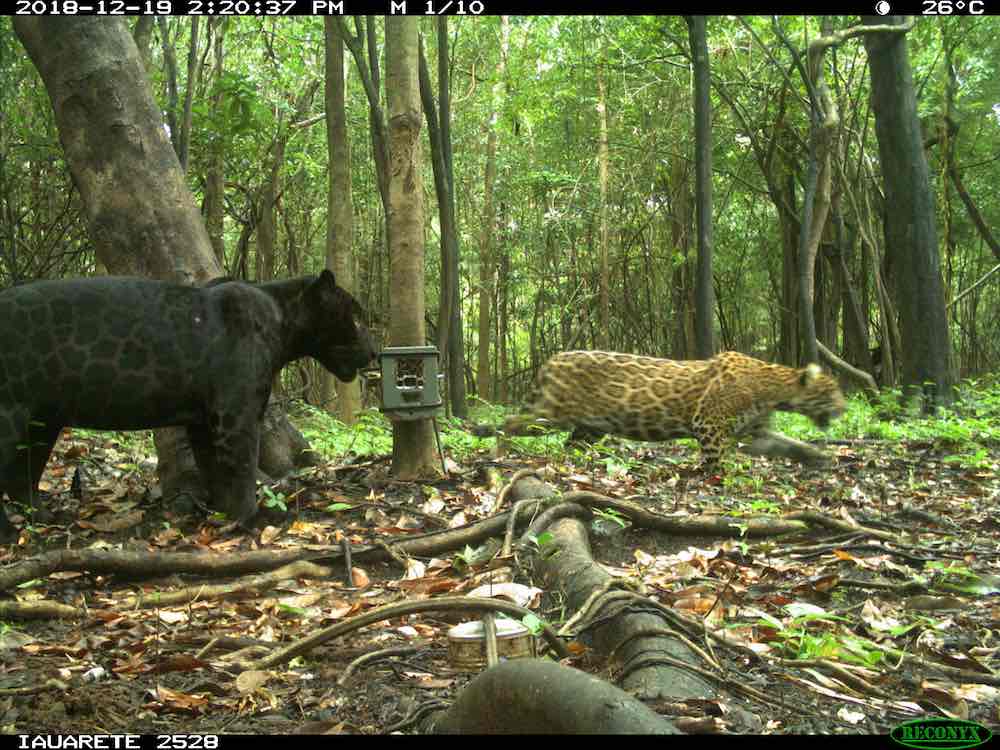
The results of the analyses can be used for mapping and designating protected areas. They also confirm the importance of already designated protected areas for the jaguar and its prey.
The previously fragmented data, which covered only smaller areas, allowed very sparse statements to be made about the large-scale habitats that jaguars—and other species—require.
The Amazon is the largest and most biodiverse tropical rainforest on Earth, with 34
million people and half of the stored terrestrial carbon from tropical forests on the planet, a total of 100 billion tons of carbon in biomass.
POPULAR: We Finally Rid An Island of 300,000 Rats – Now Everything is Blooming
This hyper-diverse region has more than 15,000 tree species distributed in a variety of habitats, such as savannas, white sand forests, and flooded or unflooded forests. Intersecting these habitats, the Amazon river is the world’s largest river basin in length and volume, holding 12 to 20% of global freshwater.
“Altogether, these data allow us to advance our potential of addressing important questions related to conservation and public policy development,” said one of the study’s authors, Milton Ribeiro, a professor at the São Paulo State University.
HAIL The Picturesque Initiative By Sharing This on Social Media…





